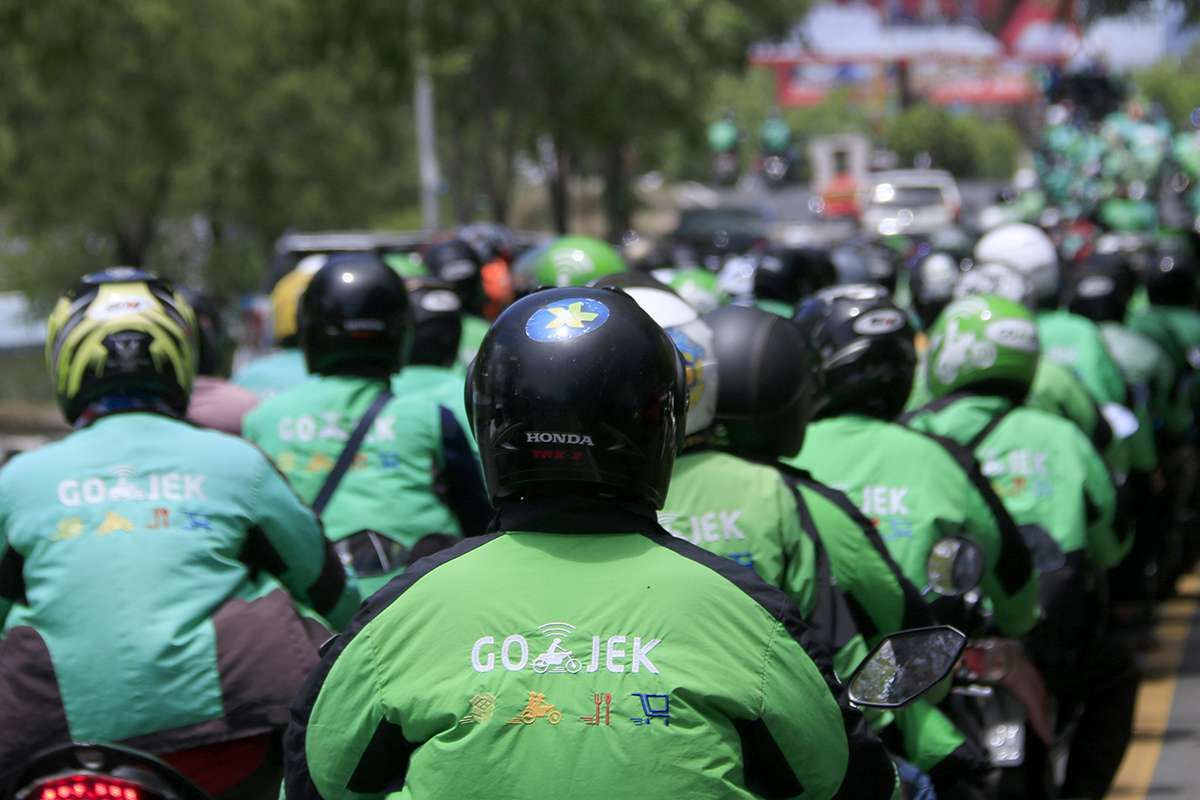The Indonesian government is set to approve an ojol fare increase of 8-15% based on regional zones, following intense debate involving drivers, platforms, and consumers. While the move is intended to improve driver welfare, it has sparked widespread protest and concern over its broader impact.
The final tariff structure, shaped by the Ministry of Transportation and agreed upon by platform operators like Gojek and Grab, remains pending comprehensive consultation with all stakeholders. As the policy inches closer to implementation, it raises key questions: Who truly benefits? Could the change backfire for drivers and consumers alike?
Why Is The Ojol Fare Increase Being Implemented?
In response to escalating cost of living and pressures on driver earnings, the government, through the Directorate General of Land Transportation, crafted a study recommending an 8-15% increase in per-kilometer tariffs, varying across three designated zones.
With over one million active drivers and 25 million MSMEs linked to ojol platforms, the Ministry views this adjustment as essential for sustaining an equitable ecosystem.
Additionally, industry analysts like Paramadina University economist Wijayanto Samirin argue that while the increase is necessary to correct disparities, it must be integrated thoughtfully to avoid unintended disruption.
Drivers’ Perspective: Relief or Illusion?
For many ojol drivers, a fare increase appears as a long-awaited relief, an opportunity to boost their take-home pay after years of low tariffs and high commission fees. However, many drivers are skeptical.
The Association of Indonesian Online Motorcycle Drivers (Garda Indonesia) has called for reconsideration, noting that fare rises without reducing platform commission rates (which can reach 70%) won’t result in meaningful gains.
Economic experts echo this concern—while ride fare rises may temporarily raise earnings per trip, reduced demand could offset any gains, ultimately harming driver income .
Furthermore, some drivers worry that operators might retaliate by increasing commissions or creating restrictive program structures, undermining any fare benefit .
Consumers’ Concerns: Breaking Points and Behavior Shifts
Urban commuters, especially those from middle- and lower-income groups, have already reacted negatively to the proposal. Many poll respondents and social media users cited in Kompas and Bisnis expressed worries about daily expenses soaring after the fare hike.
Some consumers say they plan to switch to public transport, private vehicle use, or walk, particularly for shorter trips, to offset higher costs . This shift threatens to reduce trips and order volume, cutting into driver earnings and platform revenues.
Economists point out that ride-hailing demand is price-sensitive, price hikes must be modest enough to prevent a drastic drop in usage.
Implications for The Platform Ecosystem
The ojol fare increase may also affect platform dynamics. Operators like Gojek and Grab have voiced support, emphasizing regulatory compliance and driver welfare.
However, protests from driver groups suggest distrust in the platforms’ commitment to reinvest increased rider fares into driver compensation. Many fear fare hikes may simply boost platform margins instead.
Some driver groups also demand that platforms reduce commission rates to a maximum of 10%, down from often excessive 20–70%, arguing that fare increases should not replace structural reform .
Rebalancing the Ecosystem: What It Requires
Effective resolution requires coordinated action on several fronts:
- Fair Commission Policy: Ensuring module adjustments only become effective if platforms reduce fees to the proposed cap.
- Introductory Trials and Zonation Testing: Analyzing consumer response to different fare increments across zones.
- Boosting public transport: Improving public transit options to alleviate cost pressure on consumers.
- Transparent Communication: Educating all parties on tariff structures and anticipated distribution of increased revenues.
According to economist Wijayanto Samirin, such comprehensive planning with broad stakeholder participation is essential for achieving long-term balance.
What Comes Next?
With the fare increase proposal technically “final,” regulators and platforms are now working through final alignment and stakeholder feedback before issuance .
The government's next steps include engaging platforms in detailed consultations, conducting consumer impact assessments, and outlining guarantee mechanisms for fair application.
Meanwhile, drivers continue to protest, urging commission cap reforms before any fare adjustments are enacted. Consumers are closely tracking whether subsidies or compensation mechanisms will accompany the policy.
Conclusion: A Delicate Ride Ahead
The ojol fare increase plan is more than a pricing adjustment, it’s a test of how modern platforms, drivers, consumers, and regulators can co-create sustainable transport ecosystems in Indonesia.
Raising fares without comprehensive reform risks alienating riders, destabilizing driver incomes, and undermining trust in digital mobility.
By synchronizing fare increases with reduced commissions, productivity incentives, and accessible public transport alternatives, this policy can become a genuine win-win—supporting driver livelihoods while protecting consumer interests and keeping Indonesia’s ride-hailing ecosystem healthy.
Read More






 Thursday, 27-11-25
Thursday, 27-11-25







